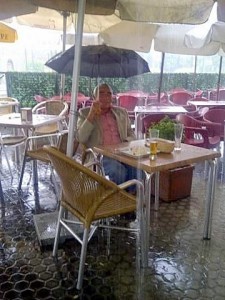Often overlooked for the more obvious tourist neighbourhoods around the Cathedral, El Centro, the commercial hub and main shopping area of Seville, has a surprising amount to offer the visitor. It starts with the shopping, of course. Seville’s two main shopping streets, Sierpes and Tetuan-Velazquez run parallel from La Campana (the bell) to Plaza San Francisco and Plaza Nueva. They tend to be dominated by international names these days, but Sierpes still has a number of “Sevillano” shops like Juan Foronda, where you can pick up a nice handmade fan or shawl, and SohoBenita around the Metropol Parasol is the up and coming area for trendy boutiques. At weekends browse the street markets in Plaza del Duque or Plaza de la Magdalena. And of course there are always lots of shoe shops.
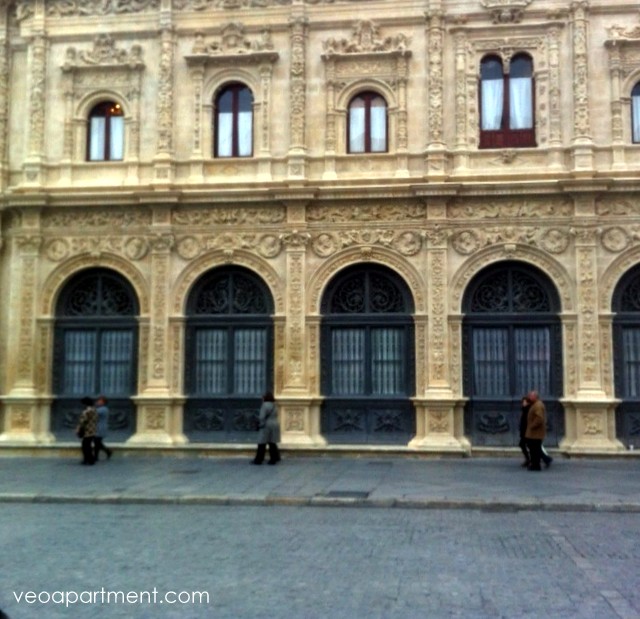
The limits of El Centro are set in a rough triangle by three of the city’s most important buildings (after the Cathedral and Alcázar). The splendid and ornately carved (on one side) edifice with plazas to either side at the end of the Avenida de la Constitución is the Casa Consistoriales, which houses the ayuntamiento (city council). The original casa was built in the early 16th century along the outside wall of the Franciscan friary, which occupied what is now the Plaza Nueva, and gave its name to Plaza San Francisco. The archway at the end of the building was originally the entrance to the friary. When the friary was demolished in 1840 to create the new square a new facade and main entrance were built. The sculptures by the archway include the figures of Hercules and Julius Caesar, the “founders” of the city.
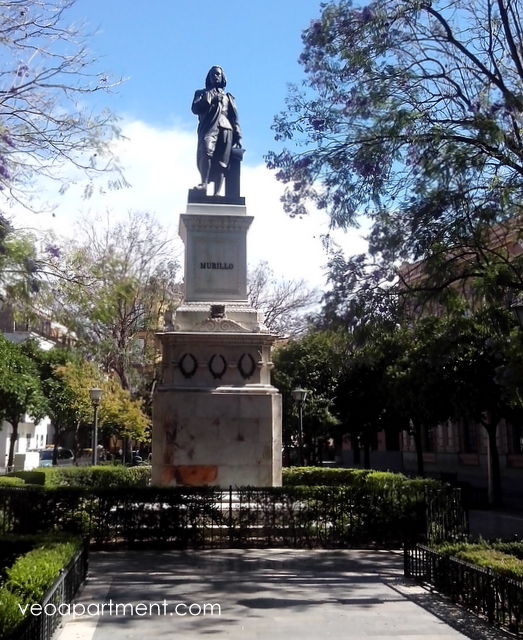
To the west of El Centro is the Museo de Bellas Artes (Fine Arts Museum). This is one of the most important collections of (mainly) classical age art in Spain, housed in the lovely old Merced convent. Outside is one of those pretty plazas that Seville is so good at, where you can relax in the shade of a pair of enormous fig trees. It also has a local art market on Sundays. Buy a painting, put it in your attic, and who knows – in a few hundred years your descendants might suddenly become very rich indeed.
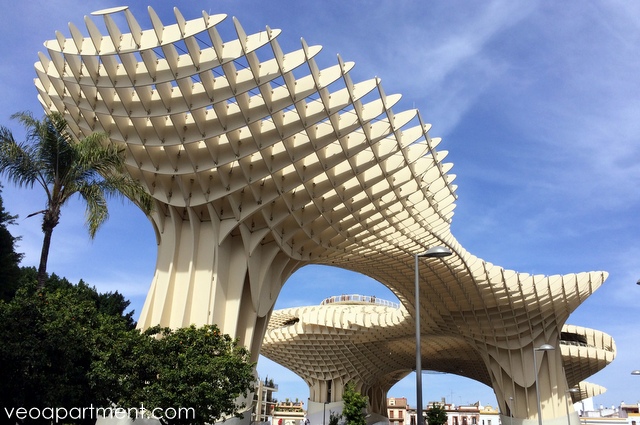
To the east is Seville’s contribution to modern architecture, the Metropol Parasols, the world’s largest manmade wooden structure. Completed four years ago, after a long period of gestation (the old Encarnación market that stood here before was demolished in 1973), there was a lot of controversy about both the design and the cost of its construction, but now it’s done it’s one of my favourite places in Seville. Come here during the day to visit the market and the Roman ruins in the basement, and take the lift up to the walkways on top for a bird’s eye view of the city. Come after dark to see it lit up like a scene from Close Encounters.
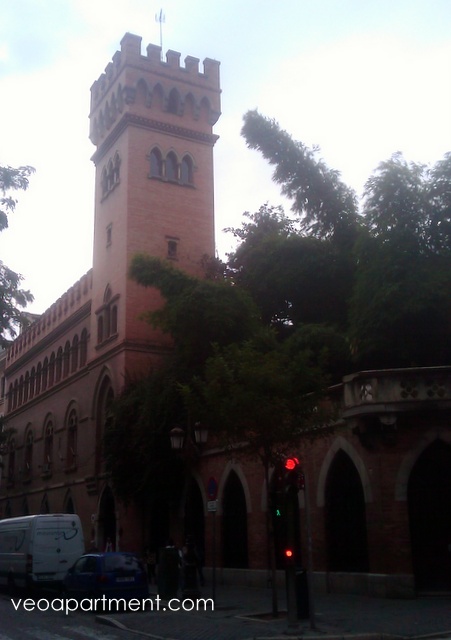
Other things to see in El Centro include the Motilla Palace (you won’t find it in the guidebooks as it’s still a private residence, but it’s the Italian style palace with the tower on the corner just down from the Parasols), the elegant Baco 2 and the Casa de la Memoria just across the street, the Casa Palacio of Lebrija and the El Salvador church. This was built on the site of the old Grand Mosque (and the Roman basilica before that), and still has original Moorish archways and minaret (now the belltower).
Veoapartments have a wide range of apartments in this central neighbourhood that cater to all budgets and numbers, and give you an excellent central base to explore the historic centre of the city.
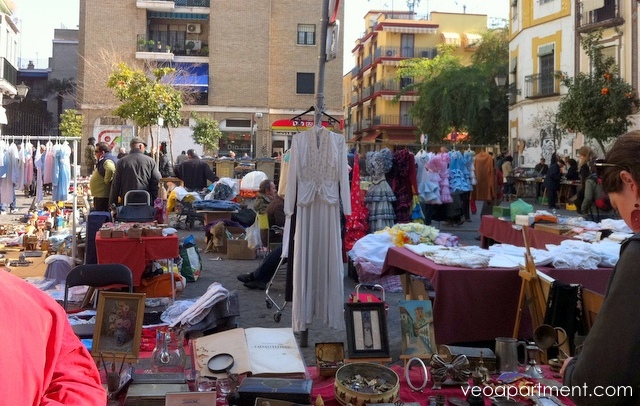
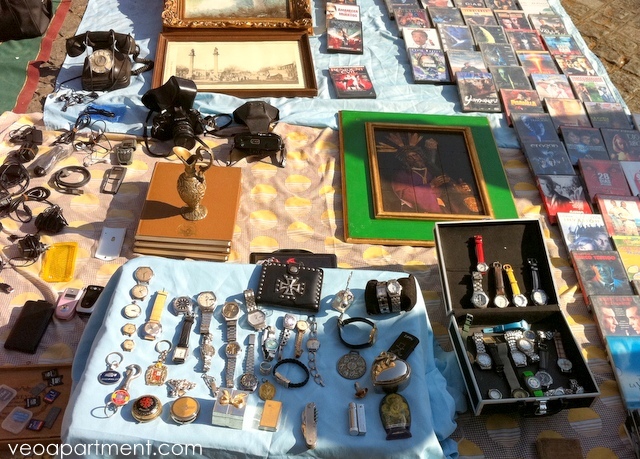
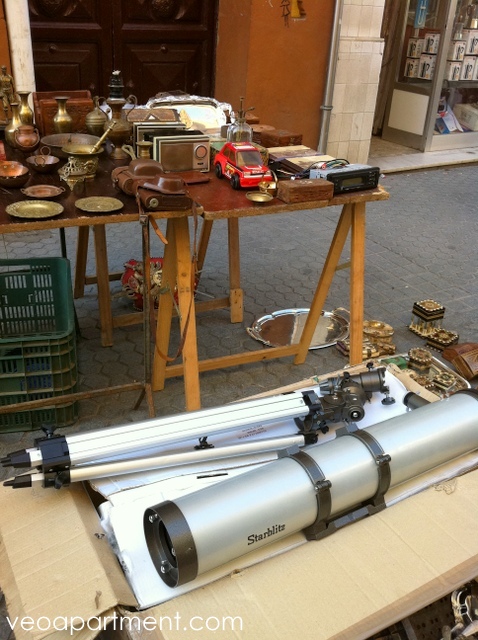
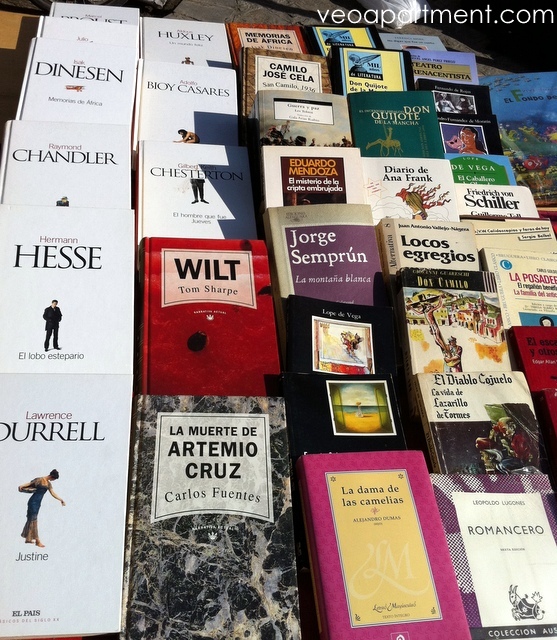
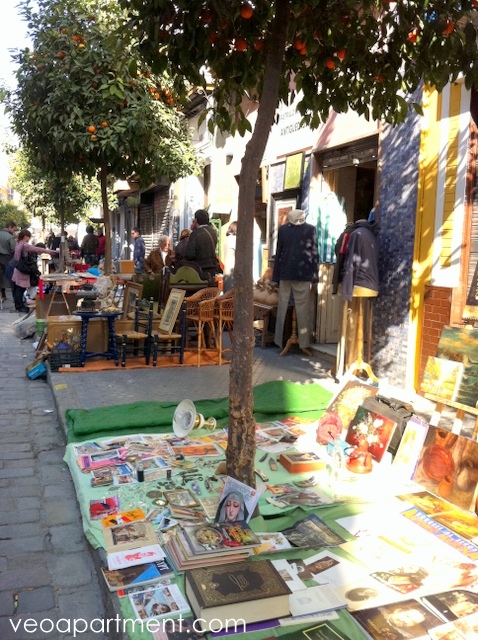
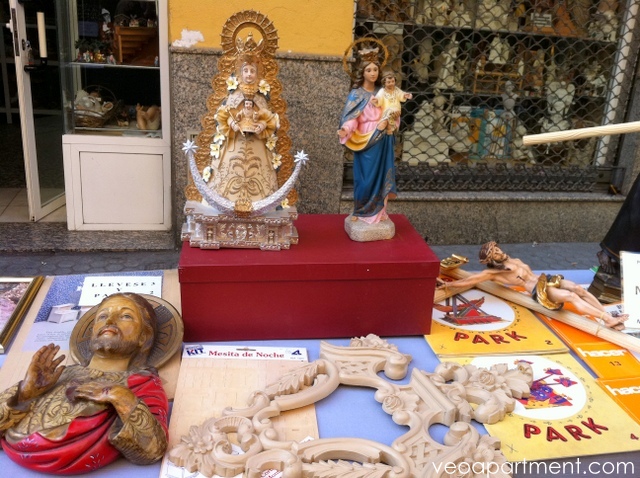
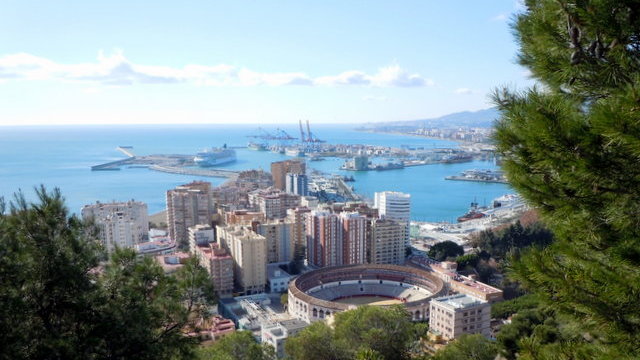
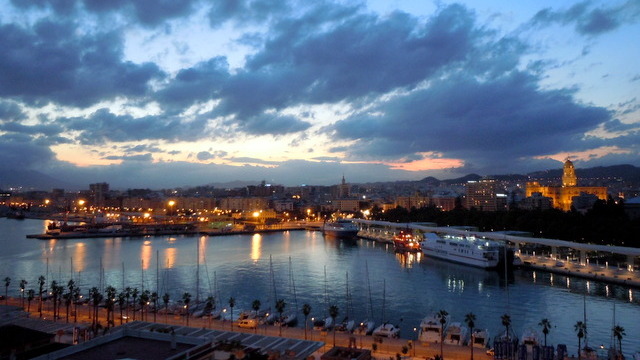
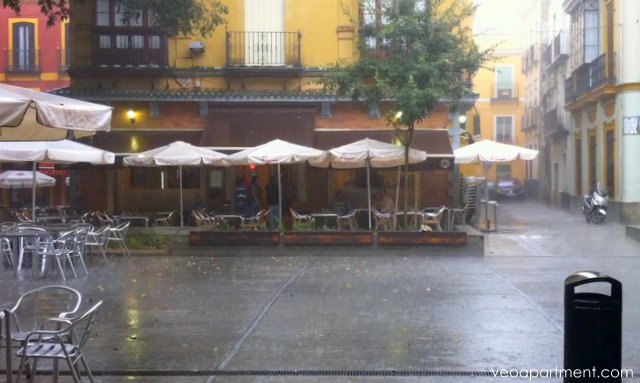 Plaza de la Alfalfa
Plaza de la Alfalfa